The souring agents: The key aspect of any delicious fish or seafood curry is sourness. Recipes may call for Tamarind, Lime, Vinegar, Kokum, Gambooge, Green Mango or lesser known souring fruits such as Bilimbi Fruit. Kokum is quite often used in Goan curries, it is also found in Malaysian cooking, but may be hard to come across. Gambooge (Kudampuli/Pot Tamarind, Fish Tamarind) is most commonly used in authentic Kerala Fish Curries. Tamarind is most commonly used throughout the Indian subcontinent and South East Asia, in Vegetarian as well as Non-Veg Curries.
Tamarind vs Gambooge vs Kokum
Kokum:Garcinia indica, a plant in the mangosteen family, is a fruit-bearing tree that has culinary, pharmaceutical, and industrial uses. Kokum is used both as a spice and as a medicine. Studies say that kokum might be an effective suppressant of appetite. The health benefits of kokum include preventing cancer as well as protecting brain health. Apart from being used in cooking, kokum is widely used to make sumptuous kokum sherbets.
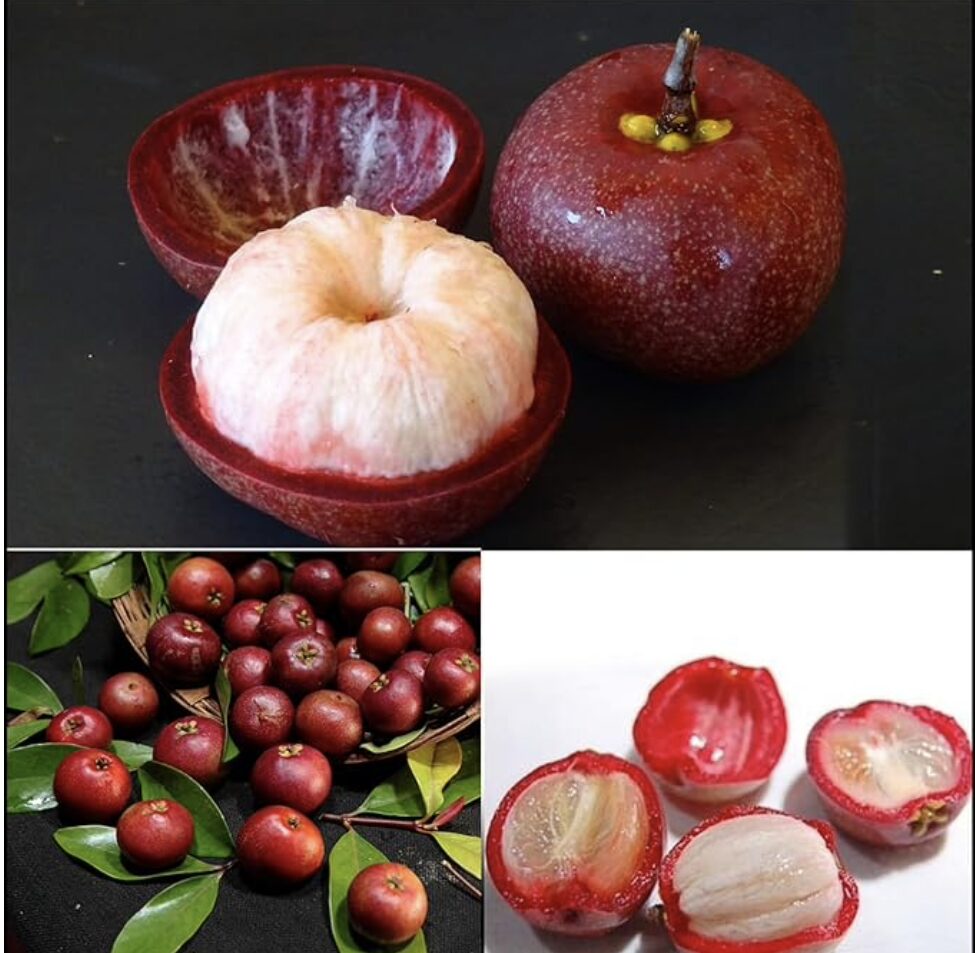
Gambooge: Garcinia gummi-gutta is a tropical species of Garcinia native to Indonesia. Common names include Garcinia cambogia, as well as brindleberry, Malabar tamarind, and kudam puli. The fruit looks like mangosteen also and is green to pale yellow in color. The fruit is dried/ smoked and black in color, before using in curries.
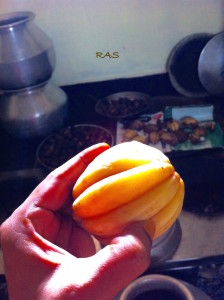

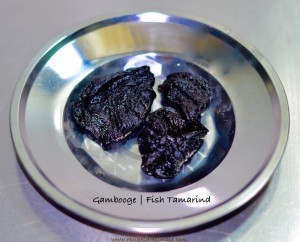
Tamarind: Tamarindus indica is a leguminous tree in the family Fabaceae indigenous to tropical Africa. The tamarind tree produces bean-like pods filled with seeds surrounded by a fibrous edible pulp. The pulp of the young fruit is green and sour. As it ripens, the juicy pulp becomes paste-like and more sweet-sour. Interestingly, tamarind is sometimes referred to as the “date of India.”
Other uses of the pulp include traditional medicine and metal polish.
Tamarind is often soaked in hot water, and the pulp/ concentrated solution is used in cooking.


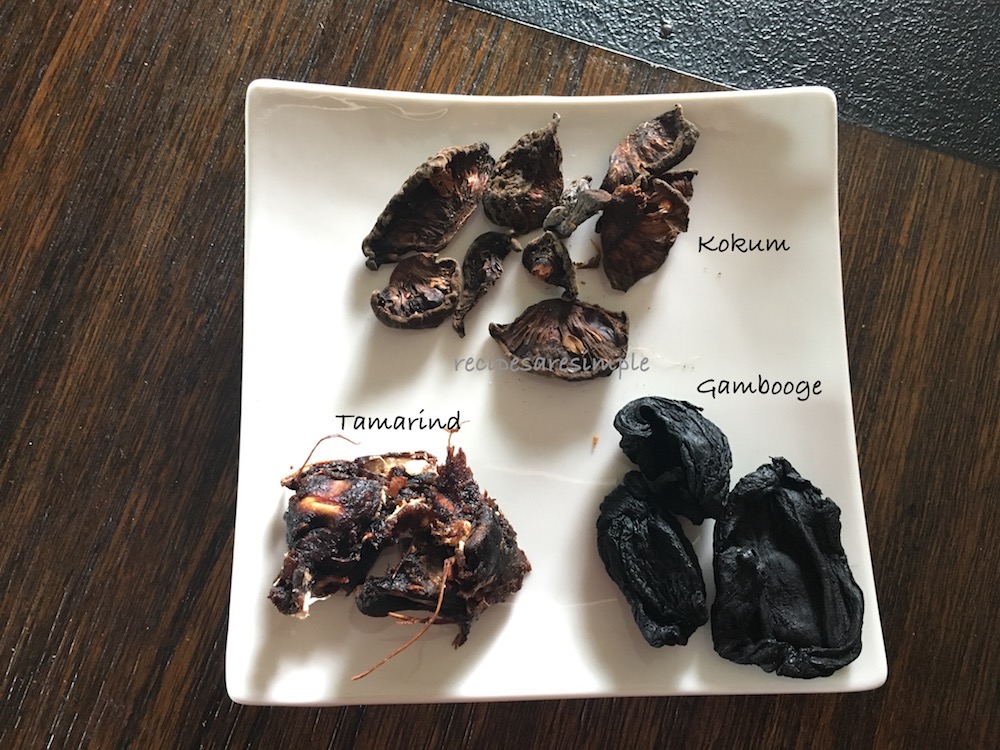
Other Souring agents:
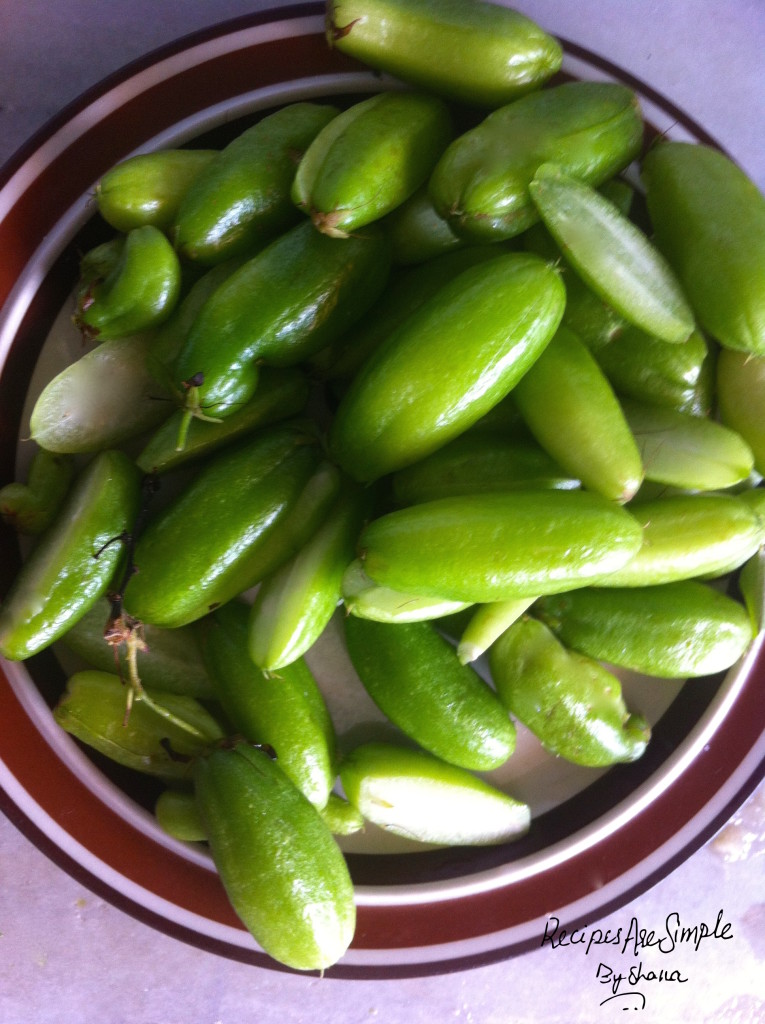
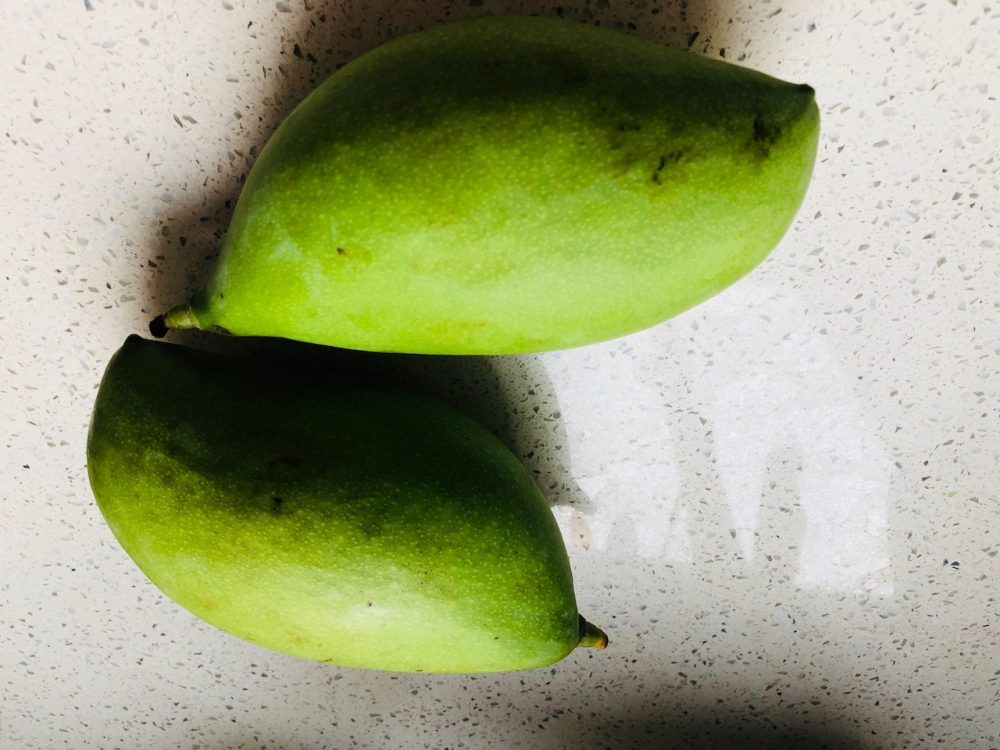

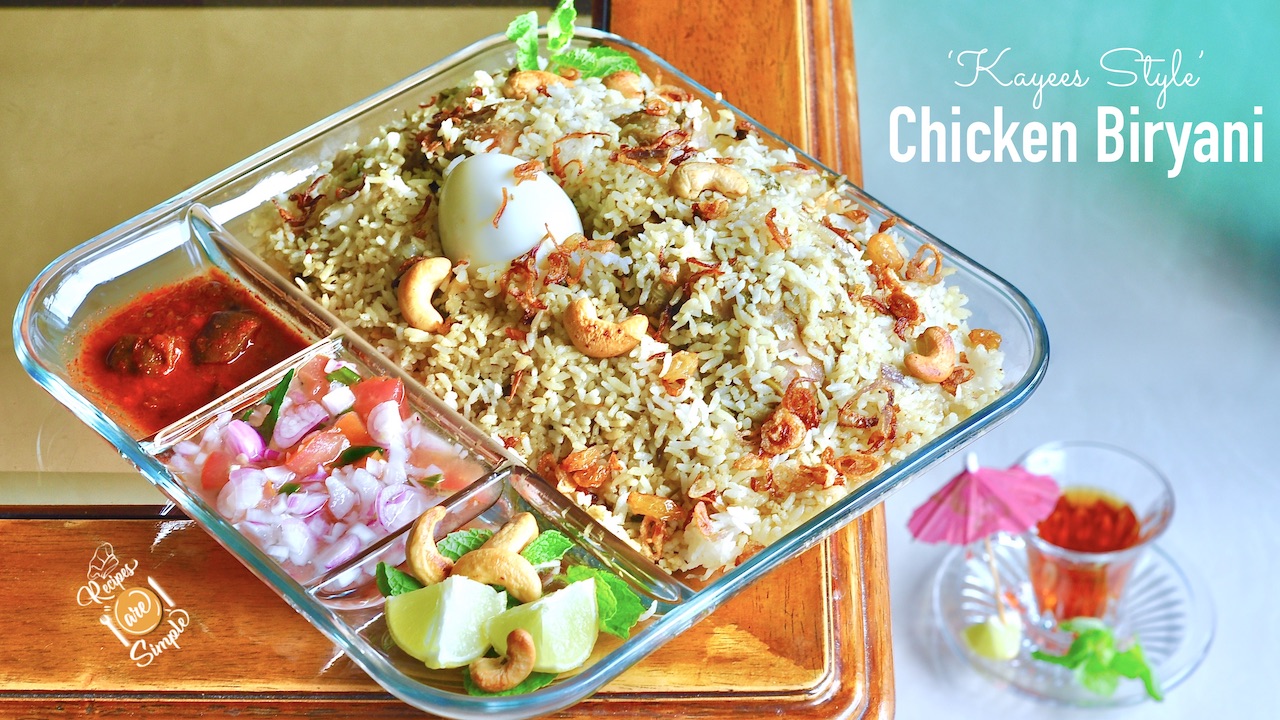
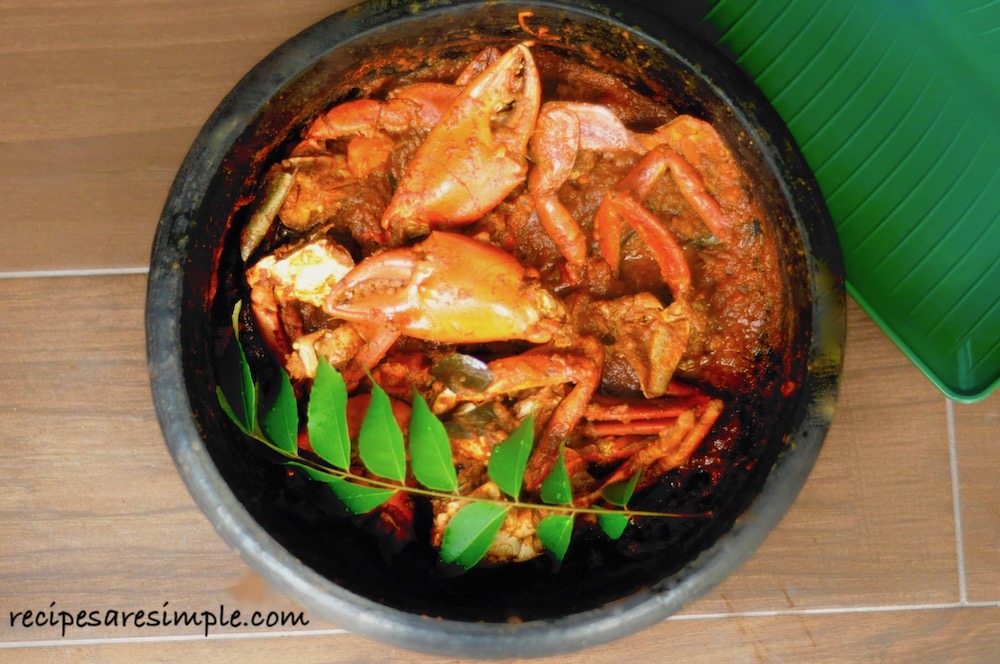

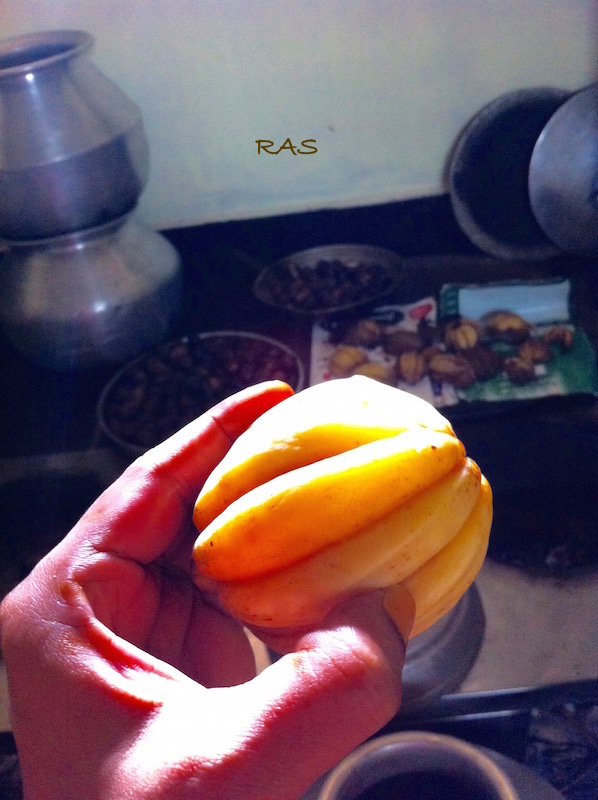
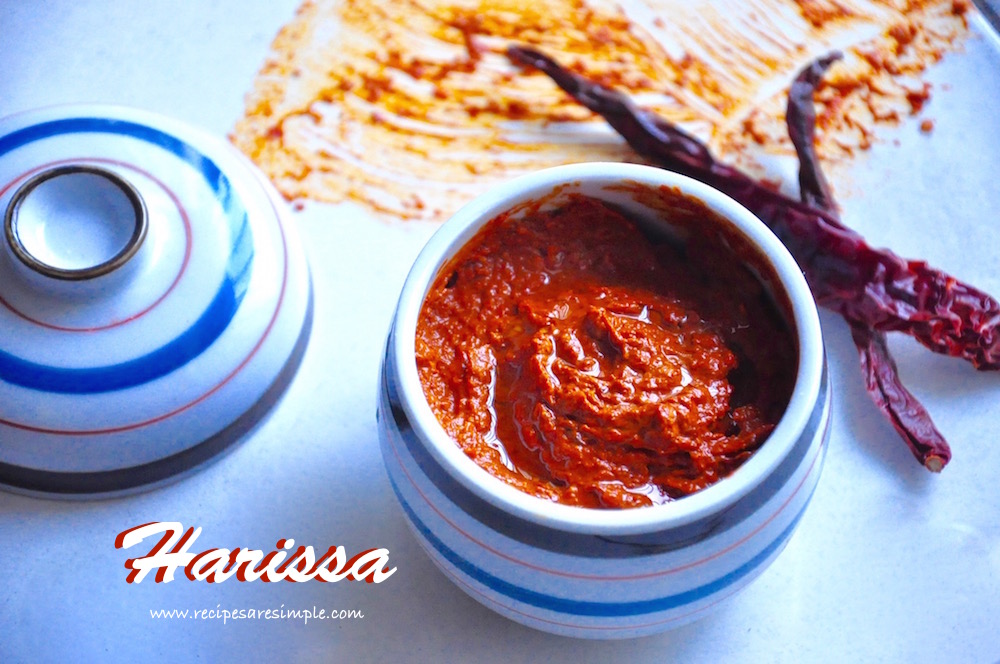
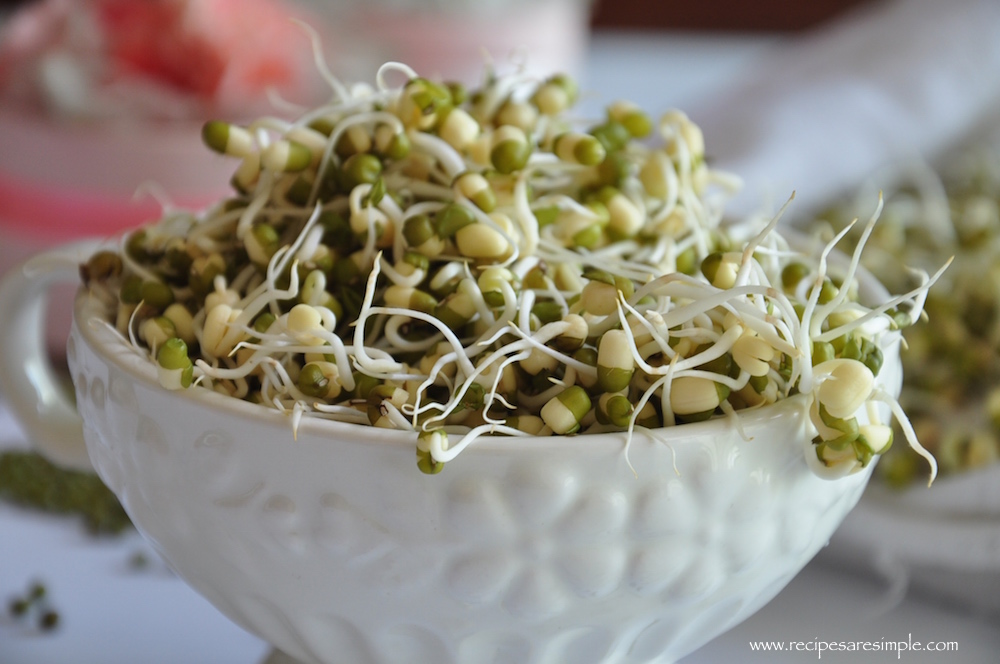
[…] Tamarind vs Gambooge vs Kokum – Recipes are Simple […]